
Salgotarjan: The Hidden Gem of Northern Hungary
Discover Salgotarjan, where medieval history meets natural beauty in Northern Hungary. Explore castles, hike scenic trails, and immerse yourself in local culture.
Nestled in the picturesque hills of Northern Hungary, Salgotarjan is a city waiting to be explored. Known for its rich history, beautiful landscapes, and welcoming locals, it offers a unique blend of cultural and natural attractions. The city's roots date back to the 13th century, and visitors can still see remnants of its medieval past, including the iconic Salgo Castle perched atop a hill, offering panoramic views of the surrounding area. Salgotarjan is also a haven for nature lovers. The nearby Karancs-Medves region is ideal for hiking, with trails that wind through forests, past volcanic rock formations, and up to stunning viewpoints. The city itself boasts several parks and green spaces, perfect for leisurely strolls or picnics. For those interested in geology, the Medves Plateau is a must-visit, featuring unique basalt columns and breathtaking scenery. The city's cultural scene is vibrant and diverse. The Dornyay Béla Museum showcases local history and art, while the József Attila Cultural and Conference Center hosts various events, from theater performances to music concerts. Don't miss the chance to sample local Hungarian cuisine at one of the city's many charming restaurants and cafes. Whether you're exploring its historical sites, enjoying its natural beauty, or immersing yourself in its culture, Salgotarjan promises an unforgettable experience.
Local tips in Salgotarjan
- Visit Salgo Castle early in the morning to avoid crowds and enjoy the sunrise.
- Wear comfortable hiking shoes for exploring the Karancs-Medves region.
- Check the local events calendar at the József Attila Cultural and Conference Center for unique cultural experiences.
- Try traditional Hungarian dishes like goulash and chimney cake at local restaurants.
- Bring a camera to capture the stunning landscapes and historical sites.
Salgotarjan: The Hidden Gem of Northern Hungary
Nestled in the picturesque hills of Northern Hungary, Salgotarjan is a city waiting to be explored. Known for its rich history, beautiful landscapes, and welcoming locals, it offers a unique blend of cultural and natural attractions. The city's roots date back to the 13th century, and visitors can still see remnants of its medieval past, including the iconic Salgo Castle perched atop a hill, offering panoramic views of the surrounding area. Salgotarjan is also a haven for nature lovers. The nearby Karancs-Medves region is ideal for hiking, with trails that wind through forests, past volcanic rock formations, and up to stunning viewpoints. The city itself boasts several parks and green spaces, perfect for leisurely strolls or picnics. For those interested in geology, the Medves Plateau is a must-visit, featuring unique basalt columns and breathtaking scenery. The city's cultural scene is vibrant and diverse. The Dornyay Béla Museum showcases local history and art, while the József Attila Cultural and Conference Center hosts various events, from theater performances to music concerts. Don't miss the chance to sample local Hungarian cuisine at one of the city's many charming restaurants and cafes. Whether you're exploring its historical sites, enjoying its natural beauty, or immersing yourself in its culture, Salgotarjan promises an unforgettable experience.
When is the best time to go to Salgotarjan?
Iconic landmarks you can’t miss
Salgói vár
Discover the captivating beauty and rich history of Salgói Vár, a stunning fortress that offers breathtaking views and a glimpse into Hungary's past.
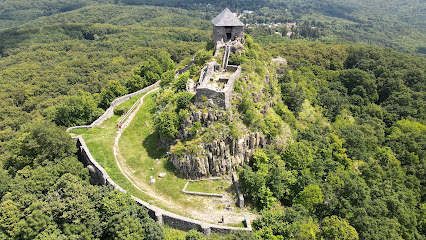
Boszorkány-kő
Explore Boszorkány-kő, a mesmerizing natural monument in Salgótarján, Hungary, rich in folklore and breathtaking views.
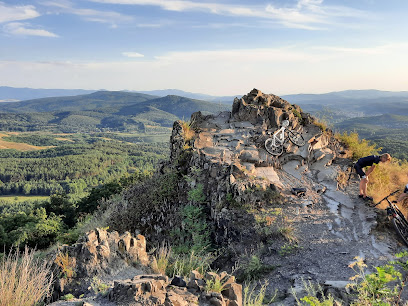
Középbánya-tó
Discover Középányi-tó: A picturesque lake in Salgótarján perfect for relaxation, outdoor activities, and scenic beauty. Experience Hungary's natural charm.

Mining Exhibition, Museum of Mining - Salgótarján
Explore Hungary's mining heritage at the Mining Exhibition, Museum of Mining in Salgótarján - a captivating journey through history and innovation.
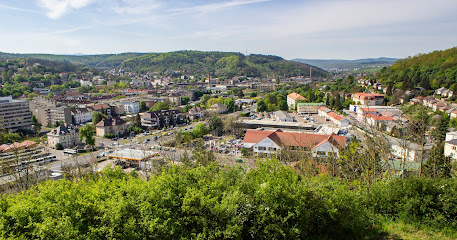
Baglyaskő Castle Nature Reserve Visitor Center
Explore the stunning landscapes and rich history of Hungary at the Baglyaskő Castle Nature Reserve Visitor Center.
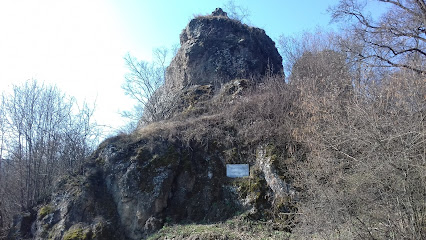
Zagyvarónai salakkúp
Explore the stunning Zagyvarónai Salakkúp, a natural wonder in Salgótarján, rich in beauty, history, and outdoor adventures.
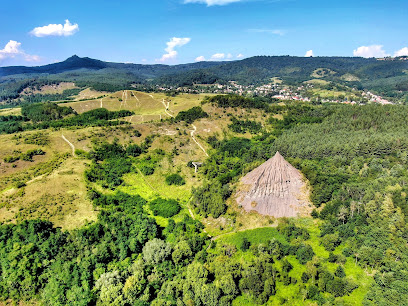
Uránia Észlelő és Bemutató Csillagvizsgáló
Explore the wonders of the universe at Uránia Observatory in Salgótarján, a captivating destination for stargazers and astronomy enthusiasts alike.
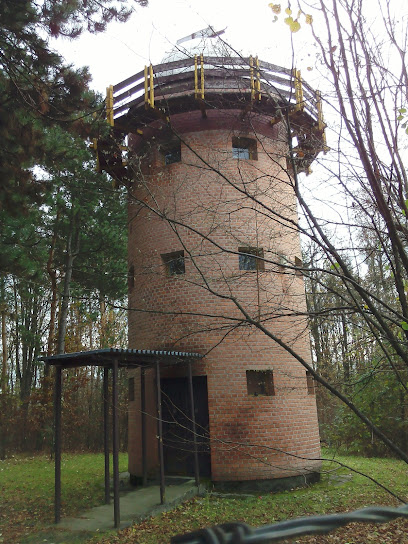
Country Flag Memorial Place Salgótarján
Explore the Country Flag Memorial Place in Salgótarján for breathtaking views and a deep dive into Hungary's rich history and culture.
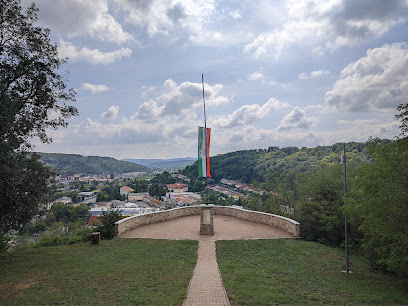
Zagyvafő vár romjai
Explore the enchanting ruins of Zagyvafő Castle in Salgótarján, a captivating site rich in history and surrounded by breathtaking natural beauty.
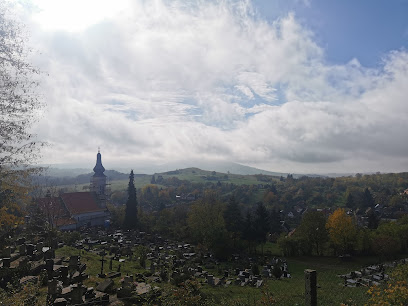
Unmissable attractions to see
Castle of Eger
Explore Eger Castle, a historical gem in Hungary, where medieval beauty meets captivating stories of bravery and heritage.

Valley of the Beautiful Woman
Explore the breathtaking Valley of the Beautiful Woman in Eger, Hungary, where exquisite wines, stunning landscapes, and rich culture await every traveler.
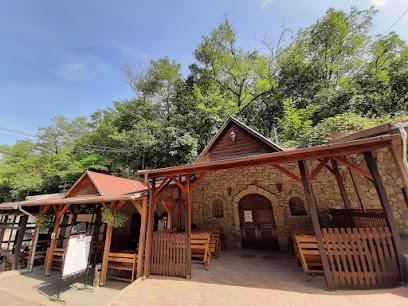
Dobó István Square
Explore the historical charm and vibrant culture of Dobó István Square in Eger, Hungary, a must-visit destination for every traveler.
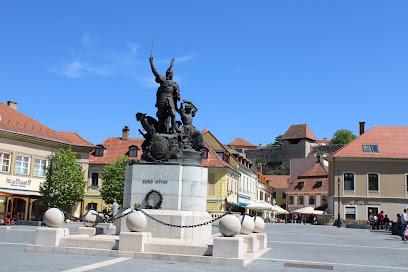
Sódomb
Experience the healing thermal springs and awe-inspiring landscapes of Sódomb in Egerszalók, a hidden gem in Hungary perfect for relaxation and rejuvenation.
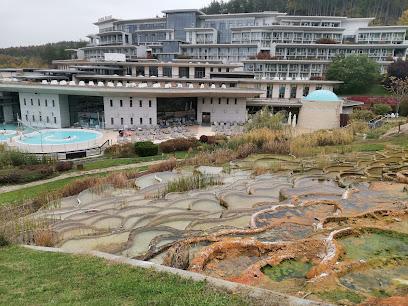
Cathedral Basilica of St. John the Apostle, Eger
Discover the architectural beauty and spiritual serenity of the Cathedral Basilica of St. John the Apostle in Eger, a true cultural gem of Hungary.
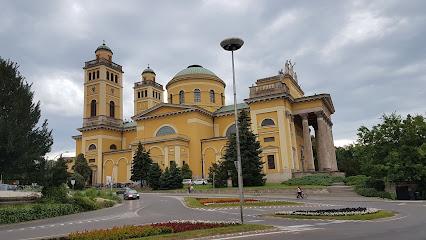
Kethüda Minaret of Eger
Discover the Kethüda Minaret of Eger, a historical landmark showcasing Ottoman architecture and breathtaking views in Hungary's charming town of Eger.
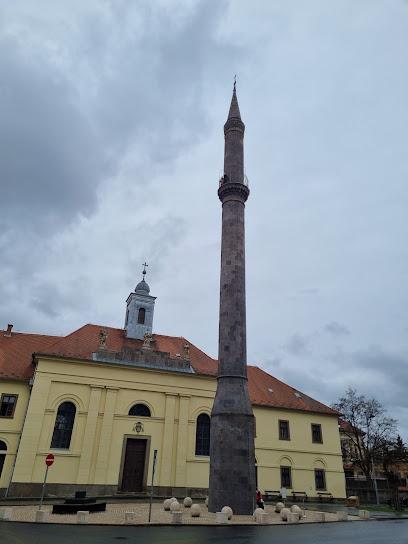
Salgói vár
Discover the enchanting Salgói Vár, a historic fortress in Hungary offering stunning views and a glimpse into medieval architecture.

Hollókő ófalu rezervátum
Explore Hollókő, a UNESCO World Heritage site showcasing traditional Hungarian architecture and vibrant folk culture amidst picturesque landscapes.
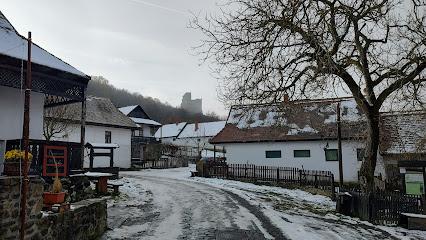
Hollókői Falumúzeum
Explore the enchanting Hollókői Falumúzeum, a cultural gem in Hungary showcasing the traditions and history of this picturesque village.
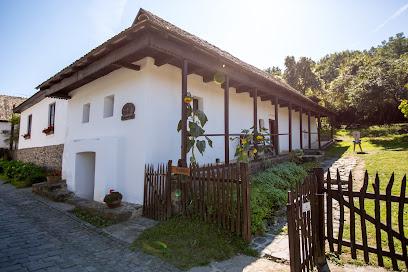
Boszorkány-kő
Explore the magical Boszorkány-kő in Salgótarján, a stunning rock formation rich in folklore and breathtaking natural beauty.
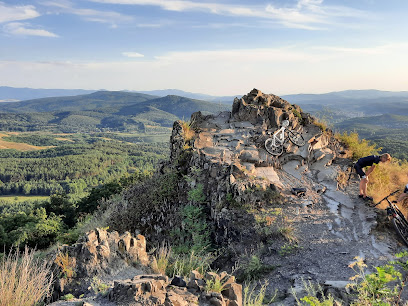
Church of Anthony of Padua
Explore the stunning Baroque architecture and serene atmosphere of the Church of Anthony of Padua in Eger, Hungary.
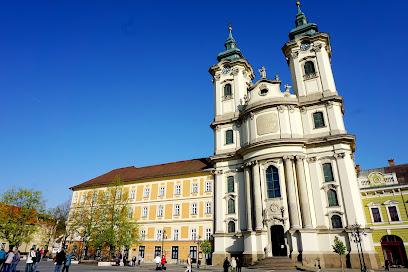
Tóstrand
Experience the tranquility of Tóstrand in Salgótarján, a picturesque beach destination perfect for relaxation and outdoor activities.
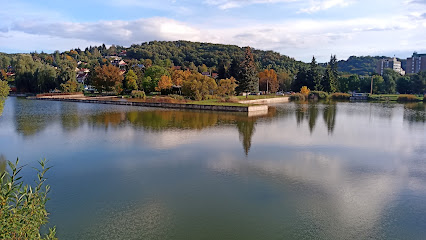
Középbánya-tó
Experience the natural beauty and tranquility of Középbánya-tó, a serene lake in Salgótarján, perfect for outdoor activities and relaxation.
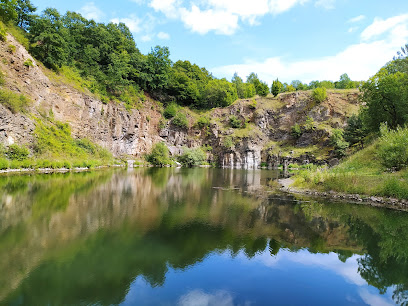
Mining Exhibition, Museum of Mining - Salgótarján
Discover the rich mining heritage of Hungary at the Museum of Mining in Salgótarján, an immersive experience for all ages.
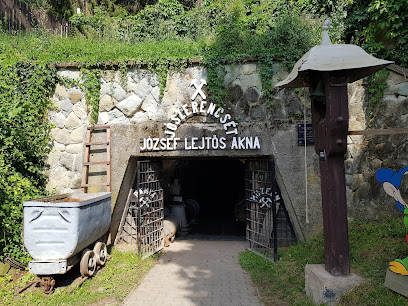
Somoskői Vadaspark
Explore Somoskői Vadaspark, a beautiful zoo in Salgótarján, Hungary, where native wildlife and nature come together for an unforgettable experience.
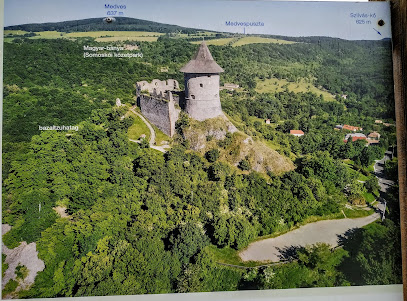
Essential places to dine
McDonald's
Discover the familiar taste of McDonald's in Salgótarján - where fast food meets convenience during your travels.
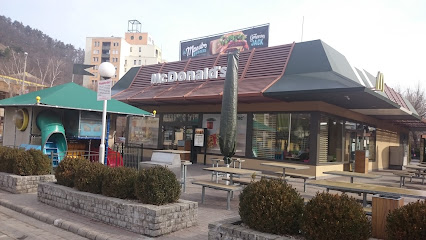
Szekér Fogadó és Étterem
Discover authentic Hungarian cuisine at Szekér Fogadó és Étterem in Bátonyterenye – a top-rated restaurant offering delicious pizza and warm hospitality.
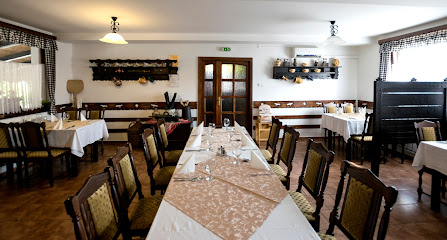
Kiskulacs Vendéglő
Experience authentic Hungarian cuisine at Kiskulacs Vendéglő in Salgótarján - where every meal tells a story.
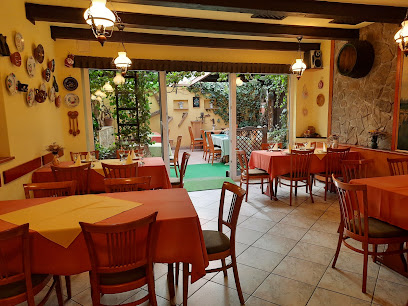
Fekete Bárány Étterem
Discover authentic Hungarian cuisine at Fekete Bárány Étterem in Salgótarján - where tradition meets taste in every dish.
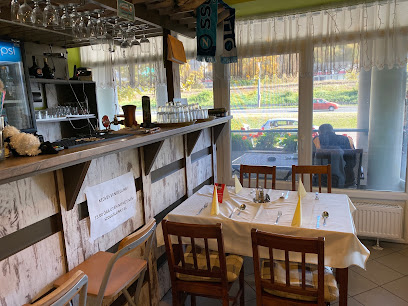
Keszegsütő
Discover Keszegsütő in Salgótarján – where traditional Hungarian flavors meet modern culinary artistry in a cozy atmosphere.
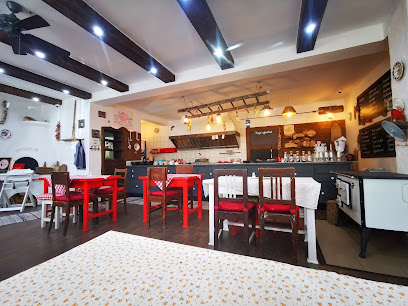
Pikoló Étterem
Discover the authentic flavors of Hungary at Pikoló Étterem, where tradition meets contemporary cuisine in Salgótarján.
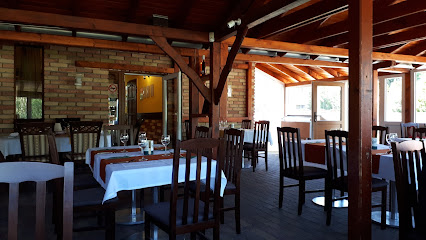
Galcsik Fogadó és Étterem
Discover authentic Hungarian flavors at Galcsik Fogadó és Étterem in Salgótarján – where tradition meets taste.
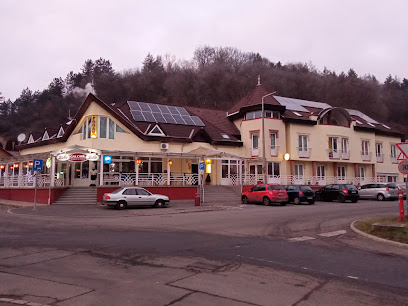
Hollywood Snacks
Discover the taste of America at Hollywood Snacks – where delicious pizza meets classic American cuisine in Salgótarján.
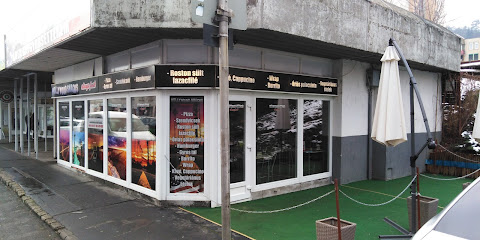
Spaten Söröző
Experience authentic Hungarian cuisine at Spaten Söröző in Salgótarján – where local flavors meet warm hospitality.

Colosseum Étterem és Apartman
Experience authentic Hungarian cuisine at Colosseum Étterem és Apartman - your cozy retreat in Salgótarján.
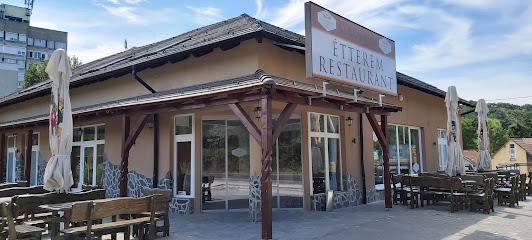
Jager söröző és kisvendéglő
Experience authentic Hungarian flavors at Jager Söröző és Kisvendéglő in Salgótarján - where every meal tells a story.
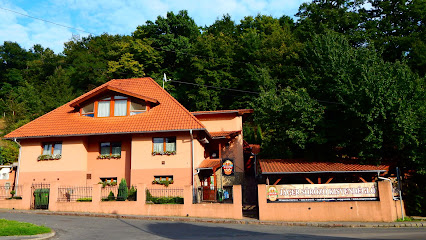
KFC Salgótarján DT
Experience the irresistible flavors of KFC Salgótarján – where crispy chicken meets convenience in Hungary's heart.
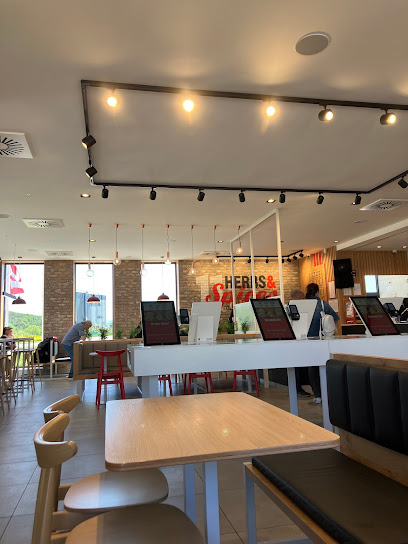
Sole Mio Ristorante
Experience the taste of Italy at Sole Mio Ristorante in Salgótarján - where every dish tells a story of tradition and flavor.
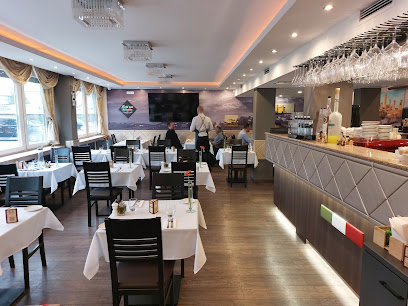
Paprika Önkiszolgáló Étterem
Discover authentic Hungarian cuisine at Paprika Önkiszolgáló Étterem in Salgótarján - where tradition meets taste.
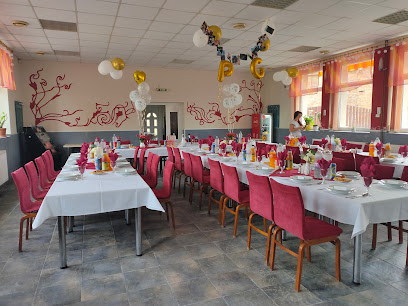
Mancsóék
Experience the best hamburgers and quality butcher shop delights at Mancsóék in Salgótarján - where taste meets tradition.
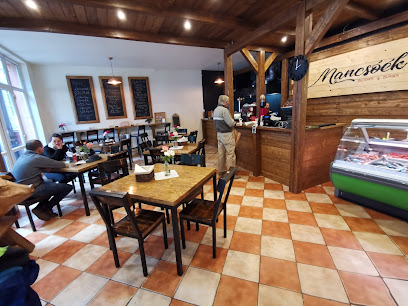
Markets, malls and hidden boutiques
Tesco
Experience Tesco Hypermarket in Salgótarján for an extensive selection of affordable groceries and household items, making shopping a breeze.
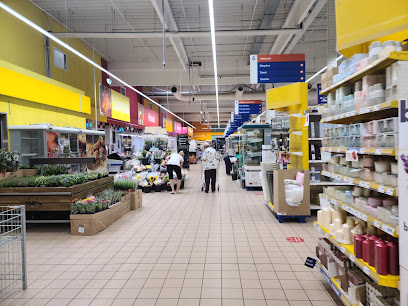
G & D Craft Confectionery
Discover the irresistible charm and exquisite flavors of G & D Craft Confectionery, Salgótarján’s premier dessert destination.
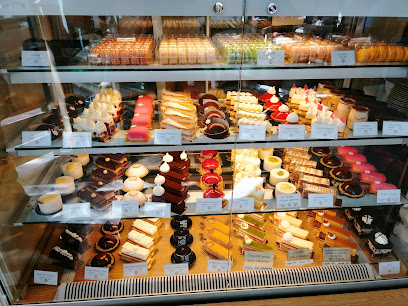
PENNY Salgótarján
Discover affordable shopping at PENNY Salgótarján, your go-to discount store for groceries and local products in Hungary.
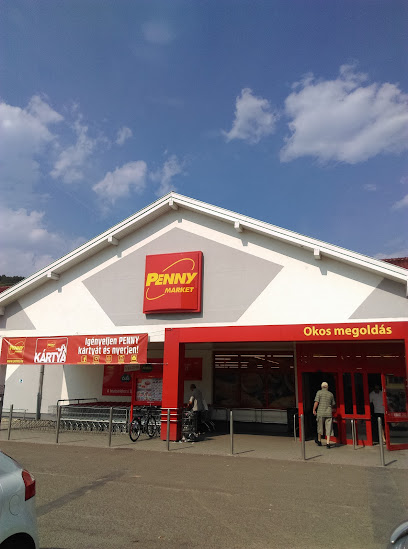
JYSK Salgótarján
Explore stylish and affordable furniture, bedding, and outdoor essentials at JYSK Salgótarján, perfect for every home.
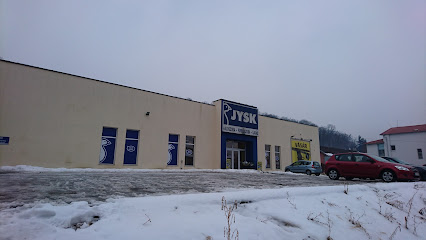
Euronics Salgótarján
Explore Euronics Salgótarján for the best in electronics, home appliances, and tech solutions in Hungary's vibrant city.
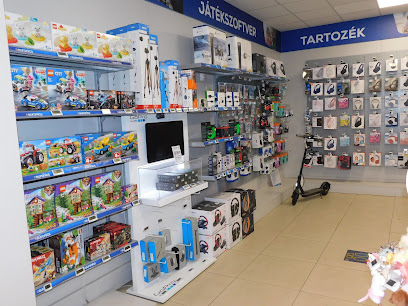
Alba shopping center
Experience a shopping paradise at Alba Shopping Center in Salgótarján, where retail therapy meets culinary delights and vibrant community events.
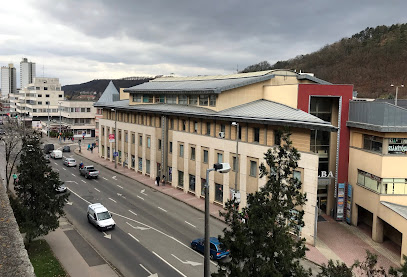
Szatmári Salgótarján
Experience the vibrant local culture and unique shopping offerings at Szatmári Salgótarján in Salgótarján, Hungary.
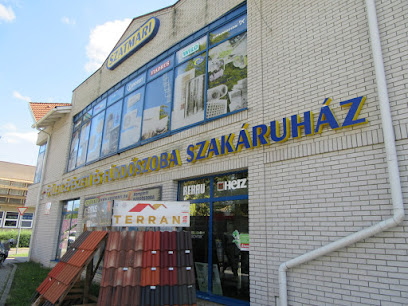
Goods Market
Explore the Goods Market in Salgótarján, a lively shopping destination filled with local culture, delicious food, and unique finds.
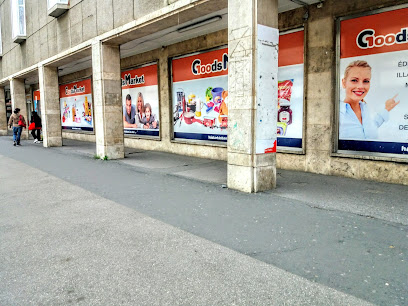
Pécskő Store
Explore the vibrant Pécskő Store in Salgótarján for unique shopping experiences and local treasures amidst a welcoming atmosphere.
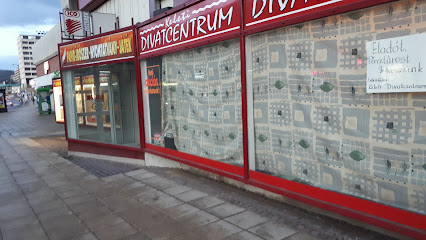
Coop Zrt.
Explore the vibrant flavors of Hungary at Coop Zrt., Salgótarján's beloved grocery store offering local produce and unique culinary treats.
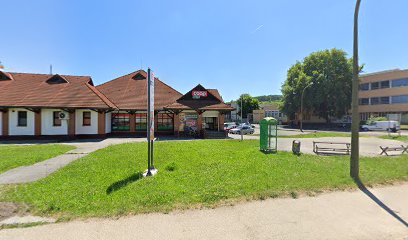
Libri Salgótarján Könyvesbolt
Explore a treasure trove of literature at Libri Bookstore in Salgótarján, where every book tells a story waiting to be discovered.
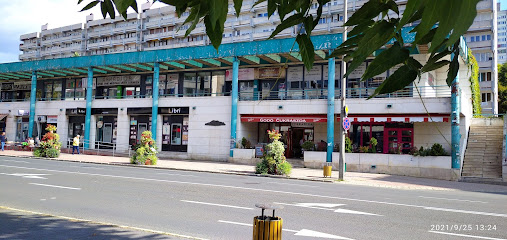
Kreatív Ötletek Boltja
Explore creativity at Kreatív Ötletek Boltja, a hobby store in Salgótarján offering craft supplies and inspiration for all ages.
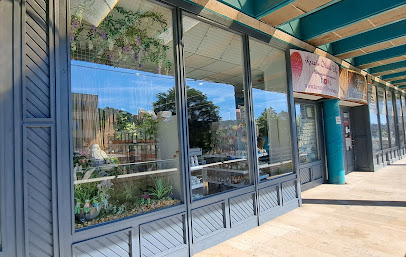
Vásártéri ABC - Páles Józsefné
Discover the authentic flavors of Salgótarján at Vásártéri ABC, your local grocery store offering fresh produce and Hungarian delicacies.
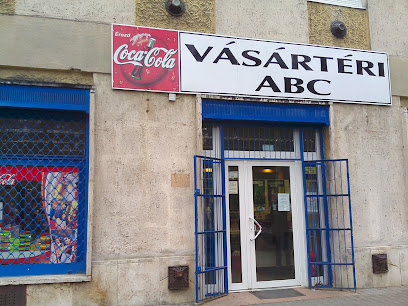
Csépe és Társai Kft. Italnagykereskedés
Explore an extensive range of wines, spirits, and local beverages at Csépe és Társai Kft. Italnagykereskedés in Salgótarján, Hungary.
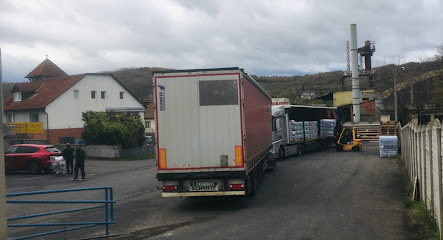
Öblös ABC
Discover local flavors and essential goods at Öblös ABC, your friendly grocery store in the heart of Salgótarján.
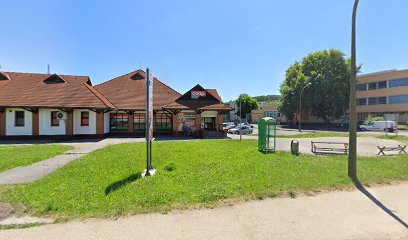
Essential bars & hidden hideouts
Galcsik Fogadó és Étterem
Discover the flavors of Hungary at Galcsik Fogadó és Étterem, a cozy inn and restaurant in Salgótarján offering authentic culinary experiences.
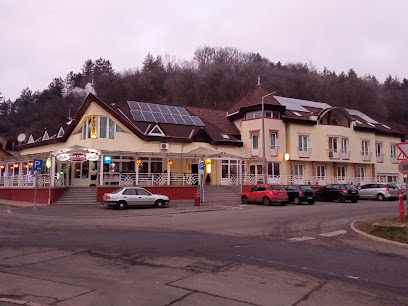
Hollywood Snacks
Experience the best of American cuisine at Hollywood Snacks in Salgótarján, where delicious pizzas and friendly service await every visitor.
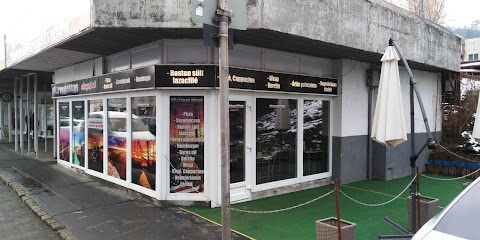
Spaten Söröző
Discover Spaten Söröző, a charming brasserie in Salgótarján serving authentic Hungarian cuisine and local brews in a cozy atmosphere.

Bakancsos
Discover the vibrant atmosphere and local flavors at Bakancsos, a cozy pub in the heart of Salgótarján, perfect for tourists and locals alike.
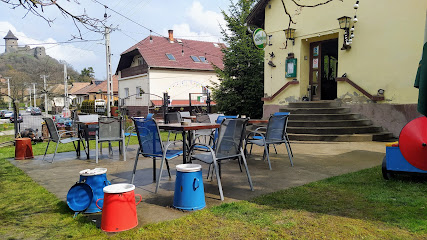
Pizza Capo Salgótarján
Experience the taste of Italy at Pizza Capo in Salgótarján, where every pizza is crafted with passion and fresh ingredients.
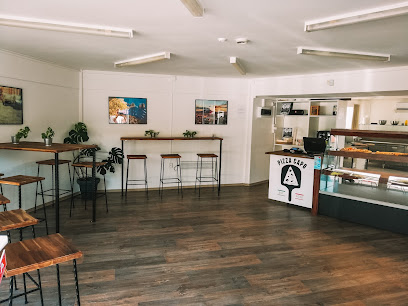
Csépe és Társai Kft. Italnagykereskedés
Explore the finest selection of Hungarian beverages at Csépe és Társai Kft. Italnagykereskedés, a unique retail experience in Salgótarján.
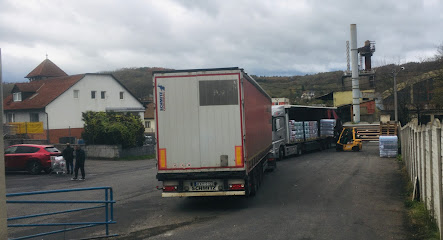
Nádas Presszó
Discover the tranquil atmosphere of Nádas Presszó in Salgótarján, where local flavors and friendly service create a perfect retreat for travelers.
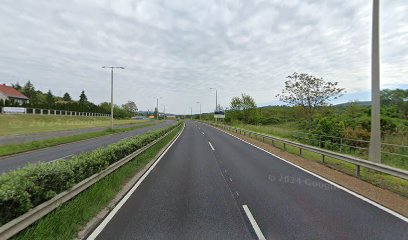
KultPont Kávézó és Kamaraterem
Discover the vibrant atmosphere of KultPont Kávézó és Kamaraterem, where rich coffee and local flavors blend seamlessly in the heart of Salgótarján.
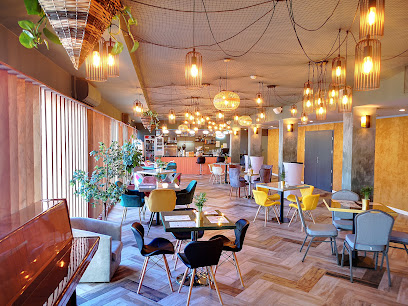
Presszó
Experience the heart of Hungarian hospitality at Presszó, a cozy bar in Bárna offering affordable drinks and a vibrant atmosphere.

Gelka presszó
Experience the charm of Gelka Presszó, a cozy bar in Salgótarján, where locals gather for great drinks and a relaxed atmosphere.
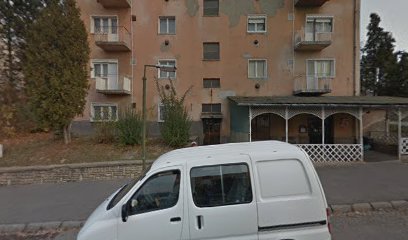
Baglyasi Falatozó
Experience the vibrant flavors of Hungarian fast food at Baglyasi Falatozó, a must-visit culinary gem in Salgótarján.
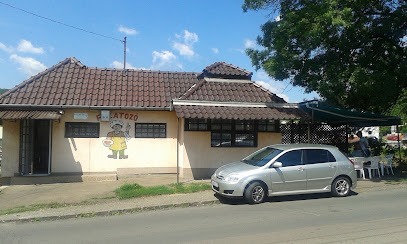
Ady Pinceklub
Experience the lively atmosphere and diverse beverage selection at Ady Pinceklub, the perfect bar for locals and tourists in Salgótarján, Hungary.
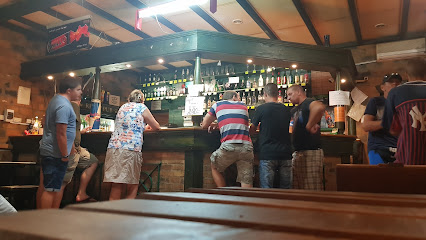
Talléros Söröző
Discover the authentic bar experience at Talléros Söröző in Salgótarján, where local flavors and a friendly atmosphere await.

Belemenés Beach Bar
Discover the charm of Belemenés Beach Bar in Salgótarján, where relaxation meets delicious drinks and a vibrant atmosphere.
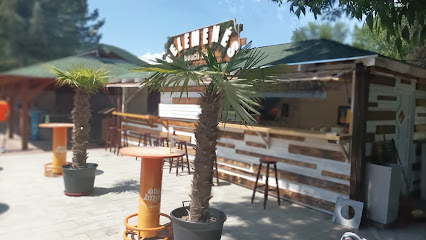
Tajga Söröző
Discover the vibrant nightlife at Tajga Söröző in Salgótarján, where local charm meets a delightful drink selection.
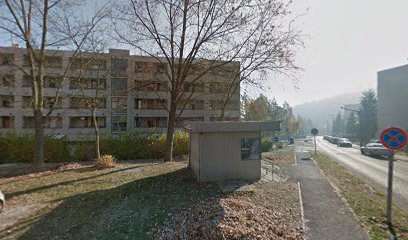
Local Phrases
-
- HelloSzia
[see-ah] - GoodbyeViszlát
[vees-laht] - YesIgen
[ee-gen] - NoNem
[nem] - Please/You're welcomeKérem
[kay-rem] - Thank youKöszönöm
[kew-suh-nuhm] - Excuse me/SorryElnézést
[el-nay-zaysh-t] - How are you?Hogy vagy?
[hoj vahdj] - Fine. And you?Jól vagyok. És te?
[yole vahdj-ok. ays teh] - Do you speak English?Beszélsz angolul?
[be-saylz ahn-goh-lool] - I don't understandNem értem
[nem ayr-tem]
- HelloSzia
-
- I'd like to see the menu, pleaseSzeretnék látni a menüt, kérem
[seh-reht-nayk laht-nee ah meh-noot, kay-rem] - I don't eat meatNem eszem húst
[nem es-em hoost] - Cheers!Egészségedre!
[ay-gay-shay-ged-reh] - I would like to pay, pleaseFizetnék, kérem
[fee-zeht-nayk, kay-rem]
- I'd like to see the menu, pleaseSzeretnék látni a menüt, kérem
-
- Help!Segítség!
[sheh-geet-shayg] - Go away!Menj el!
[men yel] - Call the Police!Hívd a rendőrséget!
[heevd ah ren-dersh-ehget] - Call a doctor!Hívd az orvost!
[heevd ahz or-vosht] - I'm lostEl vagyok tévedve
[el vahd-yok tay-ved-veh] - I'm illBeteg vagyok
[beh-tehg vahdj-ok]
- Help!Segítség!
-
- I'd like to buy...Vásárolni szeretnék...
[vah-shar-ol-nee seh-reht-nayk] - I'm just lookingCsak nézelődöm
[chahk nay-zeh-loe-dome] - How much is it?Mennyibe kerül?
[men-yee-beh keh-rool] - That's too expensiveEz túl drága
[ez tool dra-gah] - Can you lower the price?Le tudnád adni az árat?
[leh too-dnahd ah-dnee ahz ah-raht]
- I'd like to buy...Vásárolni szeretnék...
-
- What time is it?Mennyi az idő?
[men-yee ahz ee-doh] - It's one o'clockEgy óra van
[edj o-ra vahn] - Half past (10)Fél (tíz) óra
[fayl teez o-ra] - MorningReggel
[reg-gel] - AfternoonDélután
[dehl-oo-tahn] - EveningEste
[es-teh] - YesterdayTegnap
[teg-nahp] - TodayMa
[mah] - TomorrowHolnap
[hol-nahp] - 1Egy
[edj] - 2Kettő
[ket-toe] - 3Három
[ha-rom] - 4Négy
[naydj] - 5Öt
[oet] - 6Hat
[haht] - 7Hét
[hayt] - 8Nyolc
[nyolts] - 9Kilenc
[keelents] - 10Tíz
[teeez]
- What time is it?Mennyi az idő?
-
- Where's a/the...?Hol van a...
[hol vahn ah] - What's the address?Mi a cím?
[mee ah cheem] - Can you show me (on the map)?Meg tudnád mutatni (a térképen)?
[mehg too-dnahd moo-tat-nee ah tehr-kay-pehn] - When's the next (bus)?Mikor jön a következő (busz)?
[mee-kor yern ah kew-veht-keh-zoh boos] - A ticket (to ....)Egy jegyet (....-ra)
[edj ye-gehht (...-rah)]
- Where's a/the...?Hol van a...
History of Salgotarjan
-
Salgotarjan, nestled in the Cserhát Hills, has a history dating back to ancient times. The area was initially settled by Celts and later became part of the Roman Empire. By the medieval period, it was a small but significant settlement, first mentioned in records in the 13th century. The town's name is derived from the Hungarian words 'Salgó,' meaning shining, and 'Tarján,' referring to one of the seven Magyar tribes.
-
One of the most prominent landmarks in Salgotarjan is the ruins of Salgó Castle, perched on a basalt cone. Built in the early 13th century, the castle played a critical role in regional defense. It was part of a network of fortifications built to protect the northern borders of the Kingdom of Hungary from invasions. The castle witnessed numerous historical events, including battles with the Ottoman Turks in the 16th century.
-
The 19th century marked a significant transformation for Salgotarjan, as it became an industrial hub. The discovery of coal deposits led to the establishment of numerous mines, attracting workers and boosting the local economy. By the late 19th and early 20th centuries, Salgotarjan had evolved into one of Hungary's key industrial centers, with a thriving coal and glass industry.
-
Salgotarjan, like much of Hungary, endured significant hardship during World War II. The town suffered from bombings and battles, leading to considerable destruction. The post-war period saw a concerted effort to rebuild and modernize Salgotarjan. Factories were restored, and new residential areas were developed to accommodate the growing population. This era also marked the beginning of Salgotarjan's transformation into a modern urban center.
-
In recent decades, Salgotarjan has become known for its rich cultural life. The town hosts several annual events, such as the Salgótarján International Folk Dance Festival, which celebrates the region's diverse heritage. The Nógrád Historical Museum and the József Attila Cultural and Conference Center are key cultural institutions that offer insights into the town's history and artistic achievements. Modern developments have also focused on enhancing infrastructure and promoting tourism, making Salgotarjan a vibrant destination for visitors.
Salgotarjan Essentials
-
Salgotarjan is located in northern Hungary, close to the Slovakian border. The nearest major airport is Budapest Ferenc Liszt International Airport, approximately 115 kilometers away. From Budapest, you can take a direct train from Keleti Railway Station to Salgotarjan, which takes around 2 hours. Alternatively, you can travel by bus from Budapest's Népliget Bus Station to Salgotarjan, which takes about 2.5 hours. Car rentals are also available at the airport for those who prefer to drive.
-
Salgotarjan has a well-organized public transport system including buses that connect different parts of the city. Taxis are also available and can be hailed on the street or booked via phone. For short distances, walking is a convenient and pleasant way to explore the city. If you plan to visit surrounding areas, renting a car might be a good option, as it provides flexibility and convenience.
-
The official currency of Hungary is the Hungarian Forint (HUF). Credit and debit cards are widely accepted in hotels, restaurants, and shops in Salgotarjan. However, it is advisable to carry some cash, especially for smaller establishments or markets. ATMs are readily available throughout the city for cash withdrawals.
-
Salgotarjan is generally a safe city for tourists. However, it is always wise to take standard precautions. Avoid walking alone at night in poorly lit areas and keep an eye on your belongings in crowded places. There are no specific high-crime areas targeting tourists, but staying vigilant is always recommended.
-
In case of an emergency, dial 112, which is the general emergency number in Hungary. The local police station and medical facilities are available in Salgotarjan. It is highly recommended to have travel insurance that covers medical emergencies. Pharmacies are accessible for over-the-counter medications and minor health issues.
-
Fashion: Do dress comfortably and modestly. Avoid overly revealing clothing, especially when visiting religious sites. Religion: Do respect local customs and traditions. Always behave respectfully in places of worship. Public Transport: Do be courteous. Offer your seat to elderly passengers. Don’t eat or drink on public transport. Greetings: Do greet people with a firm handshake and maintain eye contact. A friendly smile goes a long way. Eating & Drinking: Do try local dishes and be open to new culinary experiences. Don’t refuse food or drink offerings as it may be considered impolite.
-
To experience Salgotarjan like a local, visit the local markets where you can find fresh produce and traditional Hungarian goods. Engage with the locals; they are typically friendly and eager to share stories about their city. Don’t miss the opportunity to explore the nearby Karancs-Medves region for beautiful hiking trails and stunning views. Visiting the Salgo Castle ruins provides a glimpse into the area’s medieval history.
Nearby Cities to Salgotarjan
-
Things To Do in Eger
-
Things To Do in Vac
-
Things To Do in Miskolc
-
Things To Do in Banská Bystrica
-
Things To Do in Budapest
-
Things To Do in Poprad
-
Things To Do in Tatabanya
-
Things To Do in Martin
-
Things To Do in Košice
-
Things To Do in Kecskemet
-
Things To Do in Zakopane
-
Things To Do in Nyiregyhaza
-
Things To Do in Szekesfehervar
-
Things To Do in Prešov
-
Things To Do in Žilina









